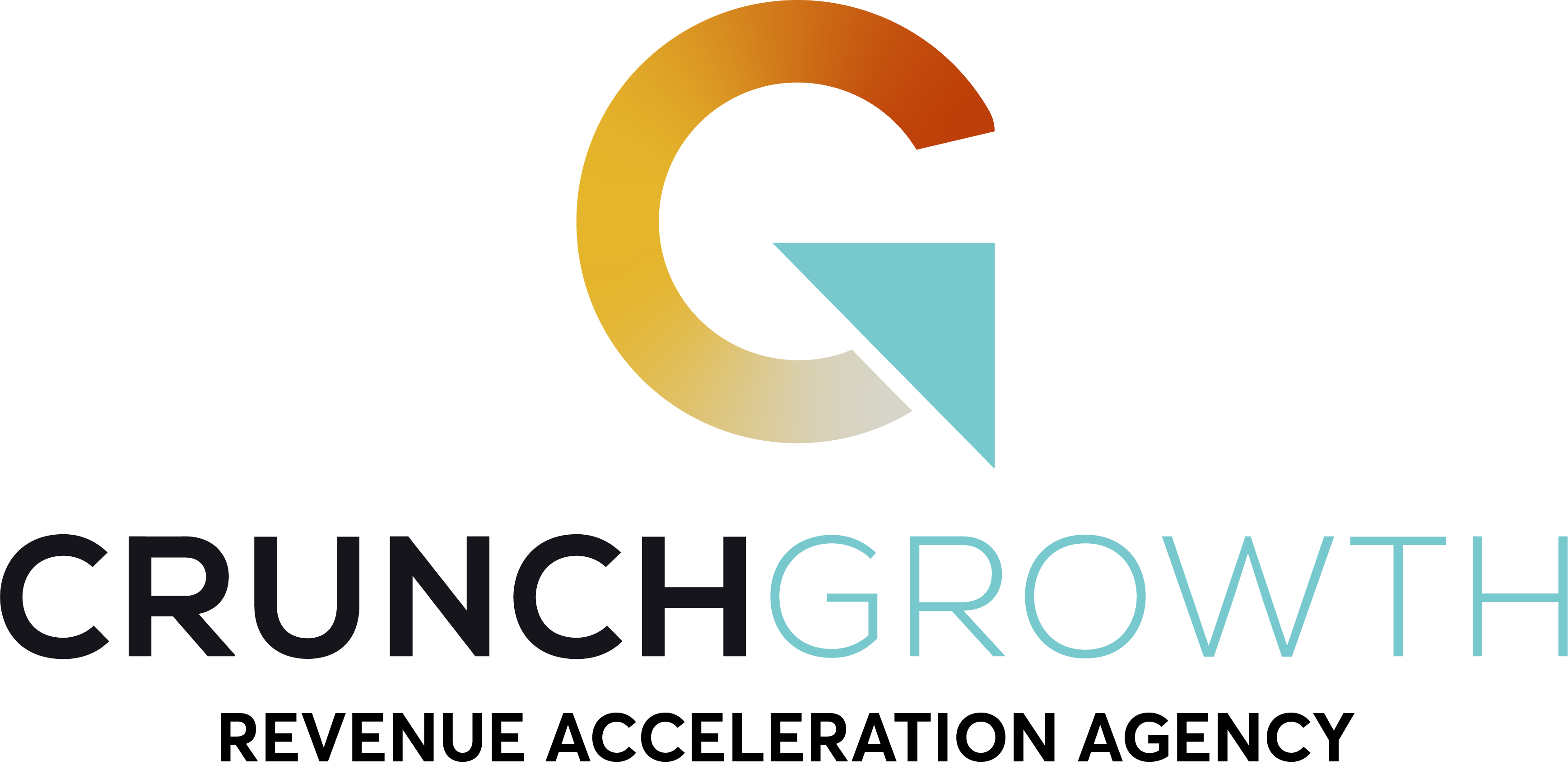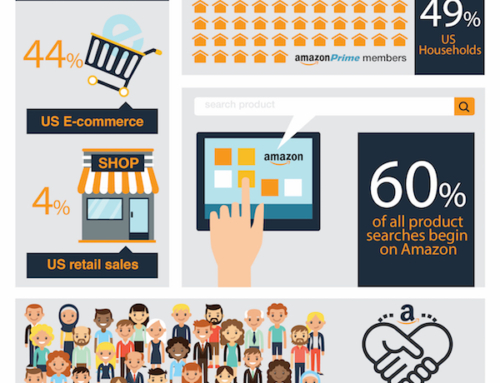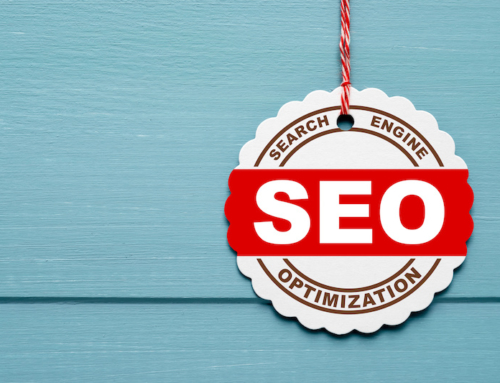Is SEO Still Relevant For Ecommerce?
When we meet with new clients, many times they ask us, “What is SEO?” and “Do I need it? Is it still relevant?”
Of course, if you ask people “What is SEO?” you will get ten different answers. Some will relate it to the design of your website, or the placement of certain words. Others will speak about the quality of backlinks you have, or the length of Meta descriptions on your pages. While you are already confused with a few of the terms used here, the answer is all of those things, and much, much more.
Although, if there’s one thing SEO isn’t, it’s hard. Yes, an expert in the field will always be well versed with the nuances of navigating through the competition and grabbing the customer. Boosting your rank in Google only takes a bit of research, common sense, and some science; some of which, we will discuss below
But first, let’s lay down the basics.
What is SEO?
According to Wikipedia, Search Engine Optimization“is the process of affecting the visibility of a website or a web page in a web search engine’s unpaid results.”
There are 3 key terms in that definition which needs to be examined closely – Process, Visibility and Unpaid Results.
SEO Process
The end goal of SEO is to increase your ranking. To increase your ranking, you need traffic. Not just any traffic; because every website is built with a specific set of goals for a particular type of audience. Some websites are built to convert people into paying customers. Others may be designed to attract an audience to read some content, share a video, or opt into an email list.
These are discrete objectives which will significantly impact your decisions pertaining to the design, content and marketing of your website. This is what the process is all about– identifying what you want from your audience and optimizing your website accordingly.
Website Visibility
Let’s suppose you are exceptionally talented in hand-painting custom designs on mugs. You start a blog to attract customers and focus on talking about the different kinds of paints you use. Unfortunately, very few people are even looking for those paints online, so you are stuck with a huge problem. You are now ranking high on searches for that paint, but that audience isn’t interested in your utilization of that paint in the first place.
This means that, aside from identifying your own goals, you need to align yourself with your audience’s goals as well. This requires researching for keywords in your space of competition, figuring out which ones to go for, and adjusting your value proposition accordingly in order to increase visibility to the right audience.
Organic Results
Unpaid or organic results refer to the traffic (people) that organically land on your website while searching for keywords on the web. This can only happen when the design and content of your website is optimized in a way that whenever someone searches for “nice hand painted mugs” on Google, your website pops up as one of the top results on the first page.
So for only a few hours of research and optimization, you can get free and consistent traffic to your website for the foreseeable future. No marketing budgets required.
Why Do I Need SEO?
Today, the tools to create and publish websites have become extremely accessible. Someone with only primitive programing and web design knowledge can setup a website and compete with the biggest online companies in the world. As more websites come online, competition becomes tougher.
To put the critical nature of online competition in perspective, consider this:
- More than 2 million blogs are published online every day
- More than 90% of online interactions begin with a keyword search.
- The click-through rate of the top 5 results is more than 67%.
In other words, your brand not showing up in the top 5 results for your keywords or phrases is tantamount to a poorly executed SEO strategy. Furthermore, the number of blogs being posted every day makes the online marketplace a deafening arena of sellers shouting at the top of their lungs; begging for a piece of everyone’s wallet. With such fierce competition, SEO is vital for your success.
In order to better understand why SEO is crucial for your business, you must first know the basics of how search works.
The Basics of Search
Even before someone searches for the phrase ‘hand painted mugs’, Google has already figured out where to rank you. It does so with the help of a clever software called ‘crawler’ or ‘spider’ which essentially reads your entire website by following all its links. During this process, your website is evaluated for quality on more than 200 different criteria. Such as:
- Relevance and frequency of keywords
- Number of outside links pointing to you
- The structure of your website
- The duration of time previous visitors spent on your page
- The quality of your content
- The speed of your site and many other factors
The crawlers are frequently scanning the web and looking for any new sites or updates to existing sites and constantly adjusting their ranks. Google continues to fine tune their crawlers’ ability to accurately measure the quality of websites in order to prevent people from exploiting their methods and increasing their rank.
This is why it’s imperative to know the basics of search, because there is a distinction between good and bad SEO practices. Knowing the difference between them can help you either sustain a high rank on Google, or be blacklisted for malpractices forever.
Black Hat and White Hat SEO
As with everything man-made, the algorithms of Google aren’t perfect. People continue to find and exploit loopholes in their system in order to boost their page rankings. Though Google will, and does, eventually find and stop them in their tracks, they move on to creating another website and start their operations all over again.
This is called Black Hat SEO – The practice where content and design are created specifically to cater to the requirements of the search engine, rather than the customers who will visit it. The result is a website that can quickly shoot up the ranks and attract lots of visitors, but those visitors will rarely convert into paying customers since the content they’re looking for isn’t being provided.
White Hat SEO is the exact opposite. It’s when every piece of design or text you produce is focused on the customer’s needs. In other words, you set the foundations of your online business according to the rules of the search engine; so that it’s easier for people to find you. Then you produce high-quality, compelling content for your customers so they continue to spend time on your site after landing on it.
In that respect, the key to truly optimizing your site according to the search engine is two-fold.
Make it easy for people to find you
This one is simple to understand and execute since it largely deals with the technical aspect of SEO. Things like:
- Proper research and utilization of keywords with high returns
- Optimized headlines that fit completely within Google’s results view
- Easy website structure for friendly navigation
- Easy navigation on mobile devices
- Keywords directly in URL
- Fast loading times
There’s much more to it, as we’ll discuss further in this article
Give people a reason to come back
The simplest way to make people revisit your site is by frequently publishing content that is original, insightful and distinctly ‘you’. This is important because no matter who you are or what you sell, there will always be people out there that connect with your brand’s messaging. Why is this important?
The more people return to your site, Google’s smart algorithm will notice this and conclude that your website is highly regarded by many visitors. This in turn will boost your rank above your competitors and bring even more traffic to you.
How Do I Use SEO?
Now that we’ve answered what is SEO and why do we need SEO, here’s a list of real, actionable optimizations you can do on your website right now to improve your SEO game.
Keywords:
By far the most crucial of them all; the identification of proper keywords will separate you from the competition. The easiest place to start is Google’s own Keyword Planner. Once there, search for keywords already being used in your industry and separate the highly competitive ones from those with lower competition.
Here’s a tip for figuring out which keywords to use. Ask yourself, would you want to step into a marketplace against 1000 competitors and a million potential buyers or a marketplace with only 5 competitors and 10,000 potential buyers? The answer will obviously revolve around your own financial constraints and revenue expectations. But once you have a clear answer, stick to it.
Although be wary of jamming keywords in your website. You may end up appearing too sales-y to visitors. They will leave your site and inadvertently alert Google of quality of business you’re running. This will result in a lower page rank.
Content:
Whether it’s a blog, YouTube video or anything else, great content is essential for establishing your position as a place of authority and knowledge. It’s the reason people will come back. If it’s good enough, it will be shared. Thereby increasing your rank as the leading source of knowledge in your industry in the eyes of Google.
Titles/Headlines:
Use the free headline generating tools online to create titles that can fit entirely in the results page of a Google search. Headlines that are short, evoke emotion and stimulate the audience’s needs are the ones that get clicked far more.
Site Structure:
We mentioned how Google frequently sends its crawlers to review your website. It is best you treat them as esteemed guests. A site that’s easier for Google to review and index automatically puts you ahead of those that are badly structured. This can be easily done by using an online XML site map generator.
Meta Descriptions and Links:
If you remember the results page of a Google search, you have the main titles, a snippet of text (Meta description) below them, and a link to the site. Why not make all of that content easier to read for the visitor? Optimize your Meta descriptions so that the most compelling content can fit inside the first couple of lines.
Also make sure to fit in keywords of the title into the URL in order to further cement the page as one of the leading sources of content for that keyword.
Mobile friendliness:
Today, there are more mobile devices in the world than the number of people. Mobile devices have surpassed desktop-based devices when it comes to online interaction. Ensure your website is a responsive web-design that scales to mobile without sacrificing navigation, speed and readability of content.
Finals words
These are some of the easiest modifications to a website’s SEO that any layman can execute. The primary reason we invest in optimizing our visibility on a search engine is to get more people to see us. But understand that modest traffic that frequently converts is better than millions of hits that barely do. At Hound Dog Digital we are experts at explaining to you what is SEO, why do you need SEO and driving traffic to your site using SEO in low cost ways.












[…] One mistake we see often is e-commerce sites don’t pay enough attention to item descriptions or key selling points. Customers purchase solutions. They buy your brand; they don’t purchase products. Make your short description a concise focus on the benefits of the product. Sell with your key bullet points and use your long description to enhance your SEO. […]
[…] How does this affect advanced SEO? […]
[…] that you do not need local SEO because of your size or the diversity of your target market will only stop you from reaching […]
[…] keywords is an essential tool for digital marketers. Keyword research is vital for search engine optimization (SEO) and pay-per-click (PPC) campaigns. It sheds light on customer trends and […]
[…] Optimization: Invest in search engine optimization to increase your online visibility. This involves optimizing your website’s content, […]